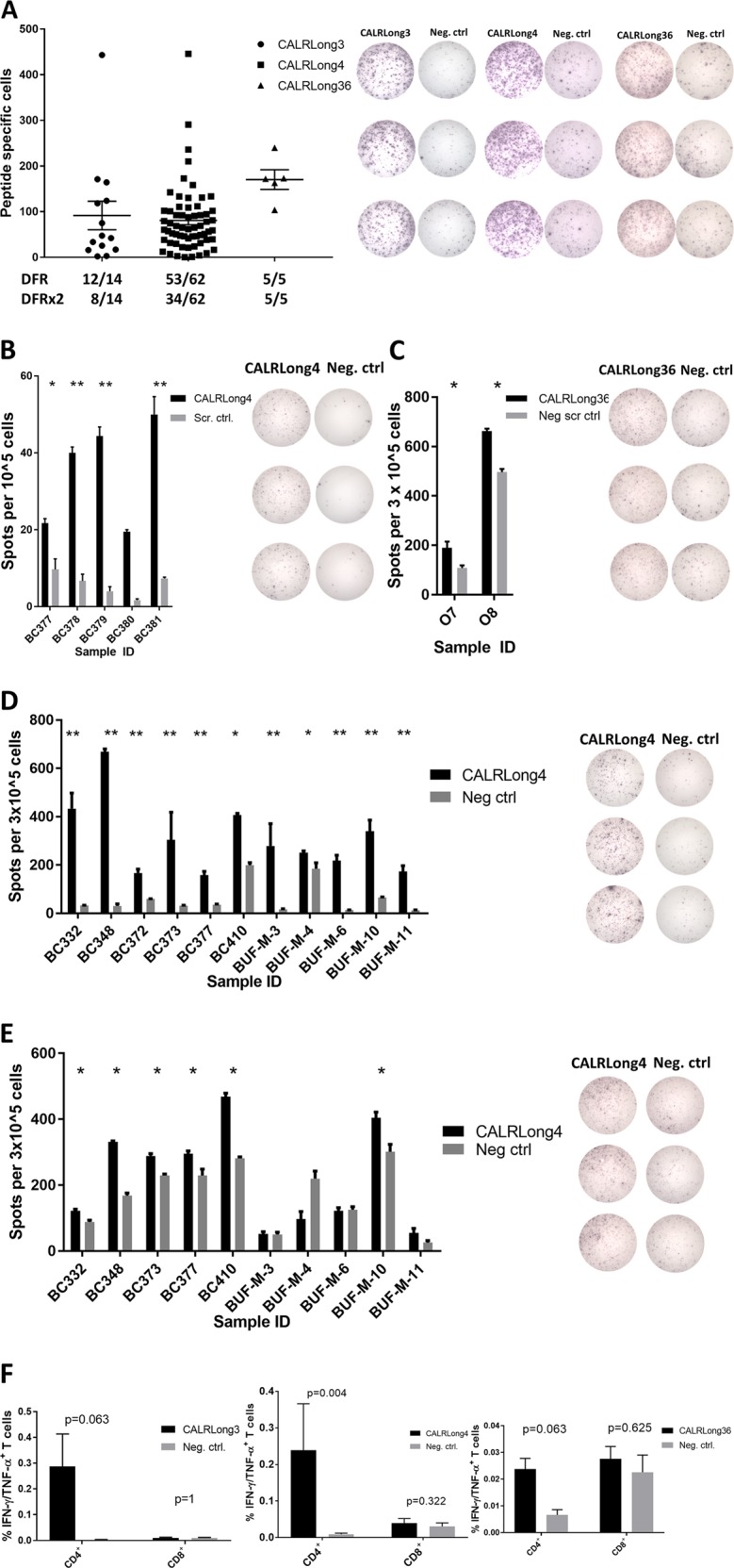Fig. 3. In vitro and ex vivo immune responses against epitopes that spanned the entire mutant C-terminus.

a (Left) In vitro IFN-γ ELISPOT results show the number of cells that specifically responded to CALRLong3, CALRLong4, and CALRLong36 peptides. The DFR-defined and DFR2x-defined responses are indicated below the graph. Example of responses against CALRLong3 (left), CALRLong4 (middle), and CALRLong36 (right). b (Left) Ex vivo 22 h IFN-γ ELISPOT responses against CALRLong4 in cells from five healthy individuals; (right) example of a response. c (Left) Ex vivo 22 h IFN-γ ELISPOT responses against CALRLong36 in cells from two healthy individuals. d Ex vivo 72 h IFN-γ ELISPOT against CALRLong4 in cells from 11 healthy individuals, with wells displaying a representative response shown to the right. e Ex vivo 72 h TNF-α ELISPOT against CALRLong4 in cells from ten healthy individuals, with wells displaying a representative response shown to the right. f Intracellular cytokine staining of cells from healthy individuals depicts IFN-γ/TNF-α-double-positive CD4+ T-cells stimulated with either CALRLong3 (left), CALRLong4 (middle), or CALRLong36 (right). Cells from ten healthy donors were analyzed for responses against CALRLong4, and cells from five healthy donors were analyzed for response against CALRLong3 and CALRLong5. Error bars display standard error of the mean. *p ≤ 0.05 according to the DFR rule. **p ≤ 0.05 according to the DFR2x rule
